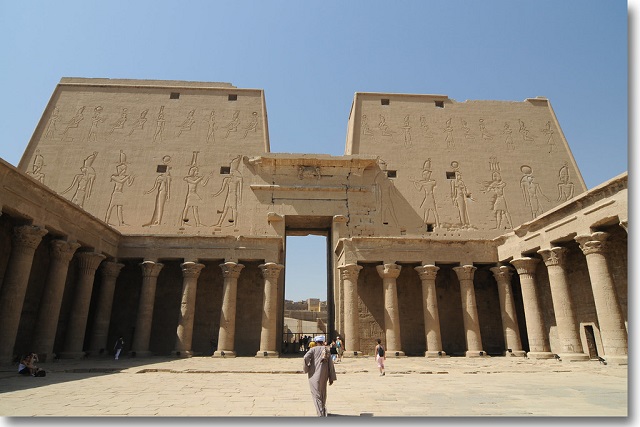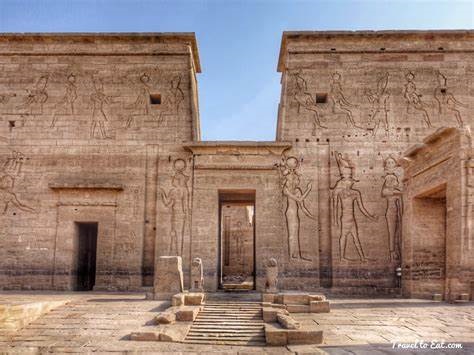The second oldest country, second only to Iran, its heritage dates back to the 3100 BC. For explorists, Egypt is an ideal destination to find out about early man history from its religion to how early civilization performed day to day activities from agriculture on the River Nile to its political system. Ancient Egypt was ruled by the pharaohs to about the 7th century CE. Its many achievements, preserved in its art and monuments, hold a fascination that continues to grow as archaeological finds expose its secrets. Later Egypt was ruled by the Islam.

From its stunning architecture to its Nile cruises Egypt is an ideal destination for all to enjoy. Its many achievements, preserved in its art and monuments, hold a fascination that continues to grow as archaeological finds expose its secrets. Egypt is also home to the sphinx and the pyramids of Giza (an honorable mention of the wonders of the world but not included in the 7 wonders of the world). Pyramids are common in Egypt from Saqqara to Giza to Abisur, all were built by the Ancient Egyptians.

That empty beach with nothing but a candlelit cabin, and a teeming coral reef offshore: they’re waiting for you in Egypt. The coast along the Red Sea has a rugged desert beauty above the waterline and a psychedelic vibrancy below – rewarding to explore on a multiday outing to one of the globe’s great dives or on an afternoon’s snorkelling jaunt along a coral wall. There is even more space and just as much beauty in Egypt’s vast deserts. Whether you’re watching the sun rise between the beautiful shapes of the White Desert or the shimmering horizon from the comfort of a hot spring in Siwa Oasis, Egypt’s landscapes are endlessly fascinating.

Amun-Ra in Luxor was a temple the local god of Karnak and during the New Kingdom, when the princes of Thebes ruled Egypt, he became the preeminent state god, with a temple that reflected his status. At the height of its power, the temple owned 421,000 head of cattle, 65 cities, 83 ships and 276,400 hectares of agricultural land and had 81,000 people working for it. The shell that remains, sacked by Assyrians and Persians, is still one of the world’s great archaeological sites, grand, beautiful and inspiring.

The temple of Horus, built between 237 and 57 BC, is one of the best-preserved ancient monuments in Egypt. Preserved by desert sand, which filled the place after the pagan cult was banned, the temple is dedicated to Horus, the avenging son of Isis and Osiris. With its roof intact, it is also one of the most atmospheric of ancient buildings. Edfu was a settlement and cemetery site from around 3000 BC onward. It was the ‘home’ and cult centre of the falcon god Horus of Behdet (the ancient name for Edfu), although the Temple of Horus as it exists today is Ptolemaic. Started by Ptolemy III (246–221 BC) on 23 August 237 BC, on the site of an earlier and smaller New Kingdom structure, the sandstone temple was completed some 180 years later by Ptolemy XII Neos Dionysos, Cleopatra VII’s father. In conception and design it follows the general plan, scale, ornamentation and traditions of Pharaonic architecture, right down to the Egyptian attire worn by Greek pharaohs depicted in the temple’s reliefs. Although it is much newer than cult temples at Luxor or Abydos, its excellent state of preservation helps to fill in many historical gaps; it is, in effect, a 2000-year-old example of an architectural style that was already archaic during Ptolemaic times.

The temple of Isis was built to honour the goddess Isis, this was the last temple built in the classical Egyptian style. Construction began around 690 BC, and it was one of the last outposts where the goddess was worshipped. The cult of Isis continued here until at least AD 550. The boat leaves you near the Kiosk of Nectanebo, the oldest part, and the entrance to the temple is marked by the 18m-high first pylon with reliefs of Ptolemy XII Neos Dionysos smiting enemies.

Other sites of interest include temple of Seti I, White Desert National Park, Valley of the Kings, Tomb of Seti I among others.


